(For the first page of this review of Disney’s Beach Club Resort, click here.)
ACCOMMODATIONS AT DISNEY’S BEACH CLUB RESORT
 All Disney deluxe resorts have standard rooms; concierge rooms, which Disney calls “club” rooms; and suites.
All Disney deluxe resorts have standard rooms; concierge rooms, which Disney calls “club” rooms; and suites.
At Disney’s Beach Club Resort, standard and club/concierge rooms sleep either four or five, in two queen beds, or two queens and a fold-down day-bed. See the detailed discussion with photos here.
King bed rooms that sleep two or three (the third on the day-bed) are also available.
I generally advise against special room types for first-time visitors, as they won’t be spending much time in their rooms. However, they may be well worth it for families intending to spend more time at the Beach Club Resort than implied by this site’s itineraries.
TikimanPages.com has a great discussion of the value of concierge rooms here. Though focused on the Polynesian, it applies to any deluxe resort. An image of the evening spread in the Beach Club’s Stone Harbor Club Lounge is above.
Most Beach Club concierge rooms (Disney calls them “club” rooms) are the same size as the rest of the resort’s rooms. However, there’s also an option called a “Deluxe” rooms, and both one and two-bedroom suites. (The images that follow were sent to me by a friend, and are old, but I’m not aware of any better…)
Deluxe rooms (and most one-bedroom suites) don’t offer any more sleeping capacity–they just give you more space, and/or more separate spaces, for your family to live in.
Most one bedroom suites are two bays wide, and most two-bedrooms three bays. The exceptions are the one-bedroom Vice Presidential Nantucket suite, which is two and a half bays, and the two-bedroom Presidential Newport suite, twice the size of the Nantucket.
For more on suites, see this, and for more on larger families seeking deluxe options, see this.
Note that to all the capacity figures above you can add a child under three in a crib. A crib fits nicely between the dresser/TV and the closet.
THE THEMING OF DISNEY’S BEACH CLUB RESORT
Disney’s Beach Club Resort opened in November 1990, and in 2009 completed a major renovation. Word is that it will see another badly-needed renovation in 2014.
According to Disney World’s website, the Beach Club Resort is
“a New England-style Disney Deluxe Resort, shaded by broad oak trees and lapped by the gentle waters of 25-acre Crescent Lake.”
The theming is meant to evoke summer beach houses and old-fashioned sea-side vacation resorts.
The Beach Club, its sister resort the Yacht Club, and the nearby BoardWalk Inn (across Crescent Lake above) were all designed to water-side themes by Robert A. M. Stern, a noted architect who was deeply involved in multiple properties during the Michael Eisner years at Disney.
Stern’s website notes that the Beach Club is “airy in expression. It is modeled on the many Stick Style cottages and resorts that could be found in towns like Cape May, New Jersey.”
Note that Cape May is not a New England beach town–nor is Stone Harbor, which is in Cape May County, New Jersey–and after which the Beach Club’s concierge lounge is named. In fact the Beach Club is themed to the New Jersey summer beach homes of denizens of the Philadelphia Main Line.
Calling it a “Jersey-style Disney deluxe resort” may have lost the point to those not familiar with these levels of Philadelphia society. My mom’s favorite sister married into such a family, so as little ones we summered frequently with them in their cottage at Stone Harbor. I will shortly embark on a campaign to get Disney to refer to the Beach Club as a “Jersey-style… resort,” in memory of my mom and her favorite sister (both here.)
STERN, EISNER, AND DISNEY WORLD HOTELS
Stern had designed Eisner’s parents’ apartment (Michael Stewart’s DisneyWar, p. 62) and gained fame for many later designs, including “lavish re-creations of turn-of-the-century shingle-style beach cottages…in wealthy enclaves like the Hamptons” (DisneyWar 80-81).
He later joined Disney’s Eisner-era board of directors, and is currently dean of Yale’s School of Architecture.
The Beach Club was part of a renaissance of architecture and hotel options at Walt Disney World following Michael Eisner’s becoming Disney’s CEO in 1984–but this renaissance was not so completely an Eisner thing as it sometimes is made to seem.
You’ll see here and there references that imply that before Eisner, Disney World had only two options for guests to stay overnight: the Polynesian and Contemporary.
For example, you could infer this from p.63 of DisneyWar, which also quotes pre-Eisner chairman Card Walker as saying “Disney is not in the hotel business.”
Well, Pre-Eisner, under Walker, Disney World had 5 on-site overnight options, was expanding these existing overnight options, and was planning even more hotels.
In place were the Polynesian and Contemporary, the Golf Inn (later re-named the Disney Inn, and then transformed into Shades of Green), the Fort Wilderness campgrounds, and the Walt Disney World Village resort area–the original parent of what are now known as the Treehouse Villas.
Both Fort Wilderness and the Polynesian had recently expanded before Eisner came on board, and before his arrival the Grand Floridian was being planned. Also being planned then were an early version of what later became the Wilderness Lodge, and a never-built monorail resort called the Mediterranean Resort. (Koenig Realityland116; Jim Hill, The Kingdom that Never Came.) Moreover, Tishman, as per its contract with Disney, was designing two hotels that it would own for Disney World.
From the beginning, Disney World was intended to have many more overnight options than it opened with. (See the second half of this for early Bay Lake and Seven Seas Lagoon plans.) A recession in the 70s delayed these plans, but did not eliminate them.
That said, Eisner was absolutely right when he wrote in his autobiography Work in Progress that when he arrived at Disney in 1984 “no initiative [at Walt Disney World] had more promise than building new hotels.” (213.)
At that time there were no value resorts, no moderate resorts , no Disney Vacation Club resorts, and no Epcot resorts.
By 1990 the Swan, Dolphin, Yacht and Beach Club resorts had opened at Epcot.
Through a convoluted series of foul balls and own goals, Tishman’s hotels, the Swan and Dolphin, were moved, redesigned and opened in January 1990 at Epcot. These hotels participate in most Walt Disney World important resort hotel perks except for the dining plan, and Magical Express. They have 60 day access to FastPass+.
 The Disney-owned and Stern-designed Yacht and Beach Club opened in November 1990, followed over the next 12 years by the Stern-designed BoardWalk Inn and Villas, and the Beach Club Villas.
The Disney-owned and Stern-designed Yacht and Beach Club opened in November 1990, followed over the next 12 years by the Stern-designed BoardWalk Inn and Villas, and the Beach Club Villas.
The Yacht and Beach Clubs “became Eisner’s favorite hotels at the resort, the ones where he himself stayed.” (DisneyWar 81.)
The Yacht Club and Beach Club are in fact two sides of one ginormous building, with near identical rooms (except for more consistently good balconies at the Yacht Club) and prettier decor at the Beach Club.
Here’s what we say on this point in our book:
MORE ON DISNEY’S BEACH CLUB RESORT
The Beach Club is one of 5 (or 7, if you count the Disney Vacation Club resorts separately) resorts within walking distance of Epcot and Disney’s Hollywood Studios.
(Boats also go to the both; most take the boat to the Studios–no faster than walking, but easier.)
These resorts–the Beach Club, Yacht Club, BoardWalk Inn, Swan, Dolphin, and the DVC villas at the Boardwalk and Beach Club–share a number of strengths thanks to their location.
The biggest strength for first time family visitors with kids is the ease of access to Epcot and (to a lesser extent) the Studios. The other theme parks are served by buses with multiple stops.
Another great strength is their pools. All these resorts have great, kid-friendly pools. The pool shared by the Beach and Yacht Club, Stormalong Bay, is the most kid-appealing among the Disney owned and operated resorts.
A strength they share for adults is their easy access to table-service dining options. These include the restaurants within the nearby resorts as well as those along the Boardwalk, and for those with tickets and/or park hoppers, the dining venues in Epcot itself.
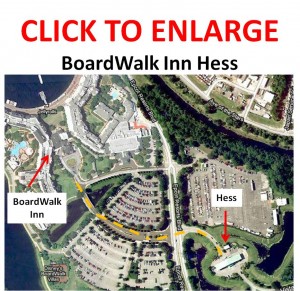 Another strength for adults is a convenience store with normal, not Disney, prices within walking distance.
Another strength for adults is a convenience store with normal, not Disney, prices within walking distance.
It’s beyond the BoardWalk Inn –see the image.
Dining options for kids, and counter service in particular, is more of a problem.
The three Disney resorts have exactly one counter service location among them–a thin set of offerings in the Beach Club’s gift shop.
Beach Club standard rooms are fine but undistinguished, and as noted on the first page of this review, often lack useful balconies.
The Beach Club’s strengths for first time family visitors are its pool, and its easy access to Epcot.
The Beach Club’s principal negatives for first time family visitors are its relative lack of kid appeal and its poor access to counter-service dining options.
EXTERNAL LINKS FOR DISNEY’S BEACH CLUB RESORT
Disney’s Official Beach Club web page
PAGES Previous | 1 | 2 | 3 | 4 | 5
MORE ON WHERE TO STAY AT DISNEY WORLD
- For where to stay, see this
- For your next best choices, in order, see this
- For picking your resort based on appeal to kids, see this
- For picking your resort based on convenience, see this
- For where not to stay, see this
- For what you get in each resort price category, see this
- For Walt Disney World resort price seasons, see this
- For resort reviews, see this
- For the value resorts, see this
- For the moderate resorts, see this
- For the deluxe resorts, see this
- For suites at the deluxe resorts, see this
- For the Disney Vacation Club (“DVC”) Resorts, see this
- For a (geeky) overview of comparative room size, see this
- Military/DOD families should look at this
- Families seeking the most comfortable place to stay should see this
Follow yourfirstvisit.net on Facebook or Google+ or Twitter or Pinterest!!
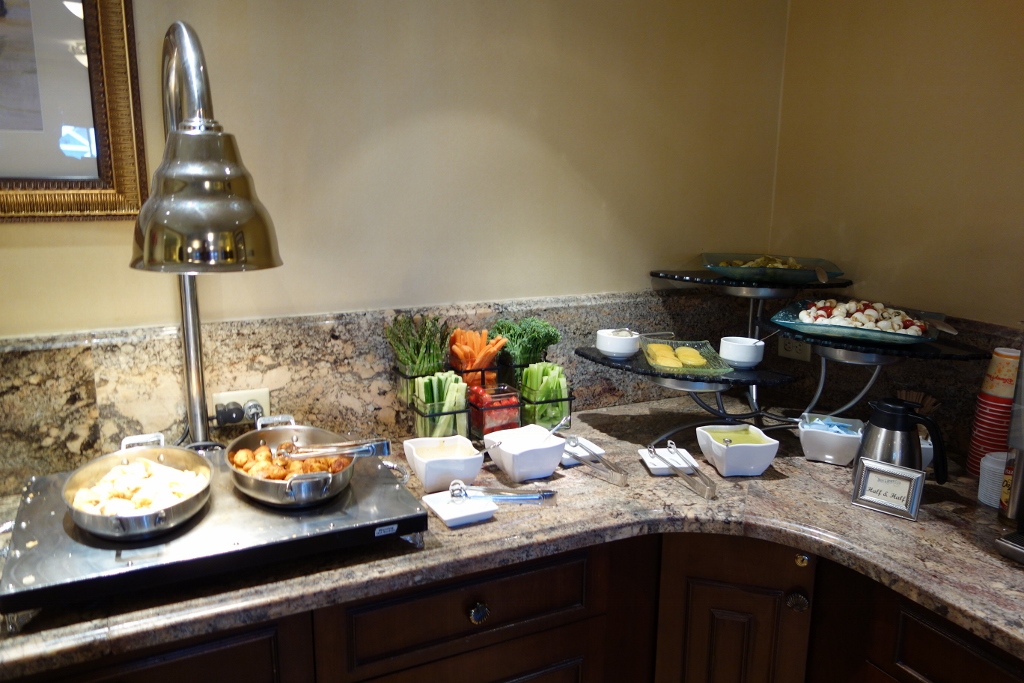
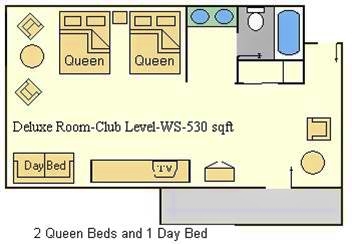
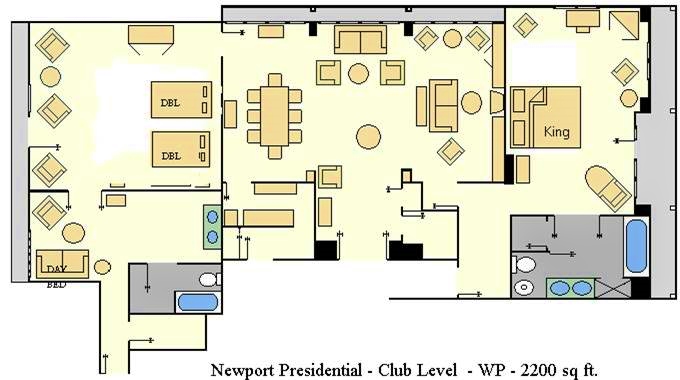
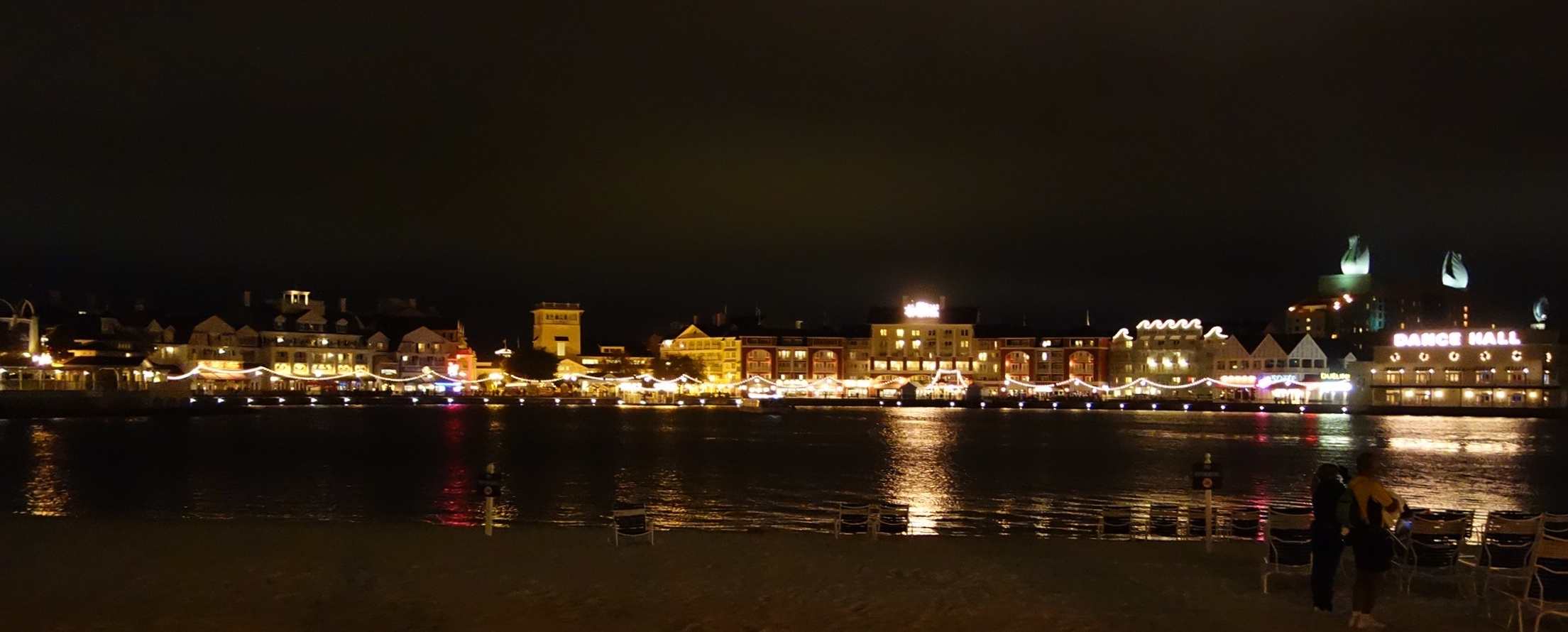

Leave a Reply
Be the First to Comment!